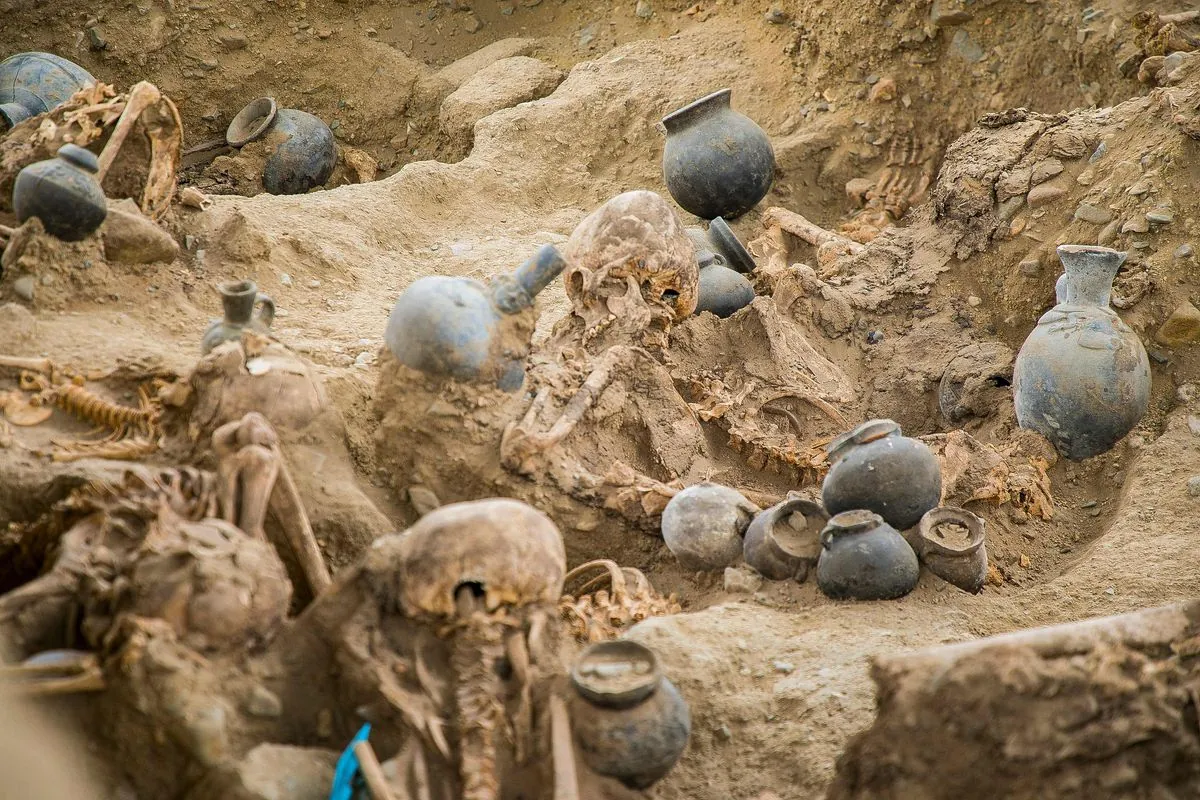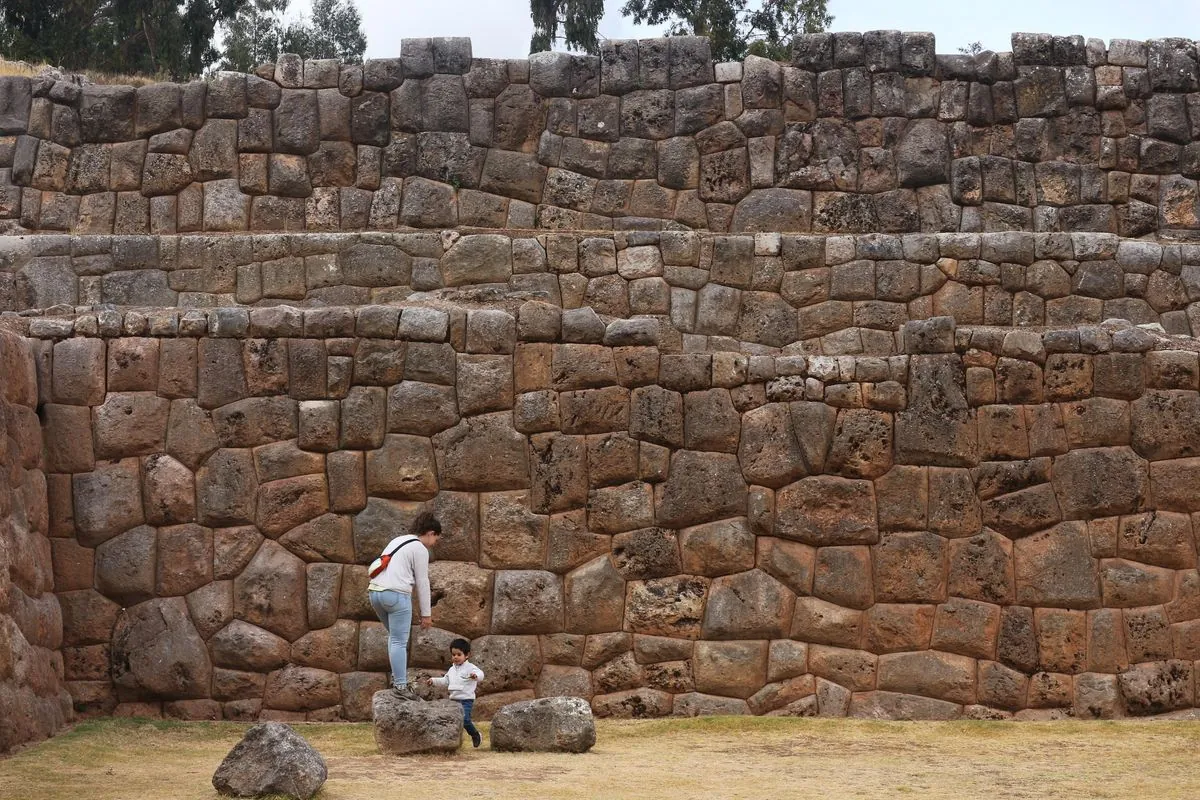Ancient Peruvian Temple Yields 3,000-Year-Old Human Remains
Archaeologists in northern Peru have uncovered four human remains dating back over 3,000 years. The discovery, made in a likely ceremonial temple site, offers new insights into the region's ancient cultural practices.

In a significant archaeological discovery, researchers have unearthed four human remains estimated to be over 3,000 years old in northern Peru. The findings, located in the La Libertad region's Viru province, are believed to be part of an ancient ceremonial temple complex.
Feren Castillo, lead archaeologist from the National University of Trujillo, estimates the remains and surrounding structures to be between 3,100 and 3,800 years old. This places the site's origins between 1076 and 1776 BCE, making it one of the oldest discovered in the region.

The discovery site, characterized by its arid coastal landscape, has yielded funeral bundles nestled within mud and stone walls. This finding is particularly significant as it provides valuable insights into the cultural evolution of the area. Castillo emphasized the importance of temple burial sites in ancient cultures, stating:
"People have for a long time wanted to be buried in temples because these are very sacred spaces to them."
Peru, home to over 5,000 archaeological sites, continues to reveal its rich historical tapestry. The country boasts 12 UNESCO World Heritage Sites, many of which are archaeological in nature. The oldest known city in the Americas, Caral, dating back to 3000 BCE, is also located in Peru, highlighting the country's significance in early American civilizations.
The La Libertad region, known for its dry, coastal climate, has been a cradle for several important pre-Columbian cultures, including the Moche and Chimú. The practice of bundle burials, as observed in this recent discovery, was common among ancient Andean cultures and provides valuable insights into past societies and beliefs.
This discovery follows another recent find in the same region, where archaeologists uncovered the skeletons of 11 individuals dating back 800 years, near the ancient mud citadel of Chan Chan. Built by the Chimú culture, which flourished from about 900 to 1470 CE, Chan Chan stands as the largest pre-Columbian city in South America.
As archaeologists continue their work, employing techniques such as radiocarbon dating to accurately determine the age of these remains, each discovery adds to our understanding of Peru's complex archaeological landscape. From the early civilizations of the Viru Valley to the vast Inca Empire that dominated the region over 500 years ago, Peru's historical narrative continues to unfold, revealing the rich tapestry of cultures that have called this land home.


































